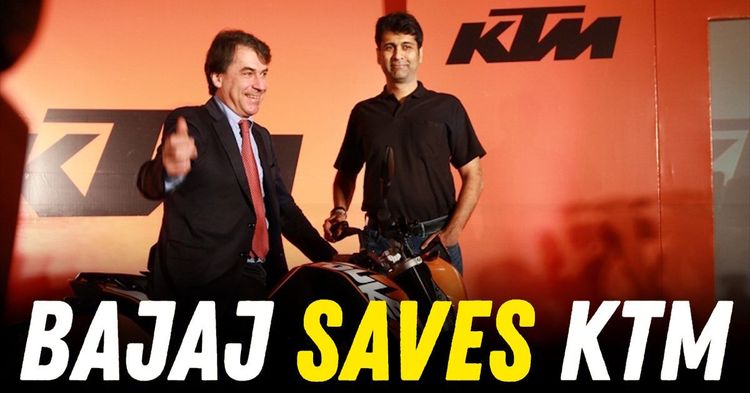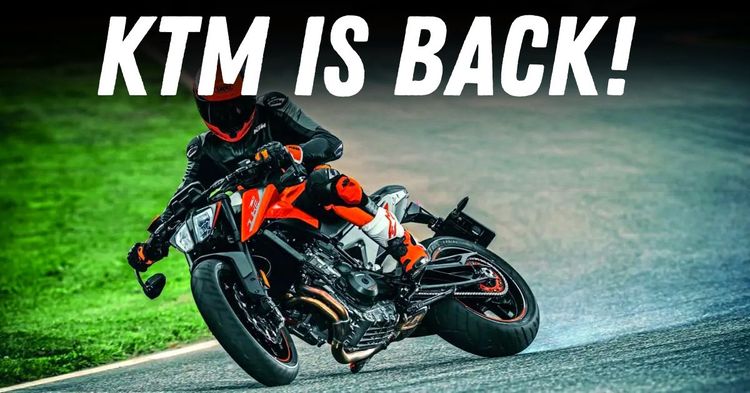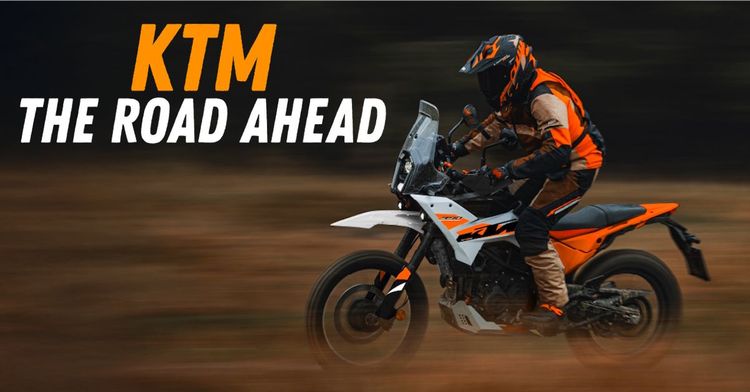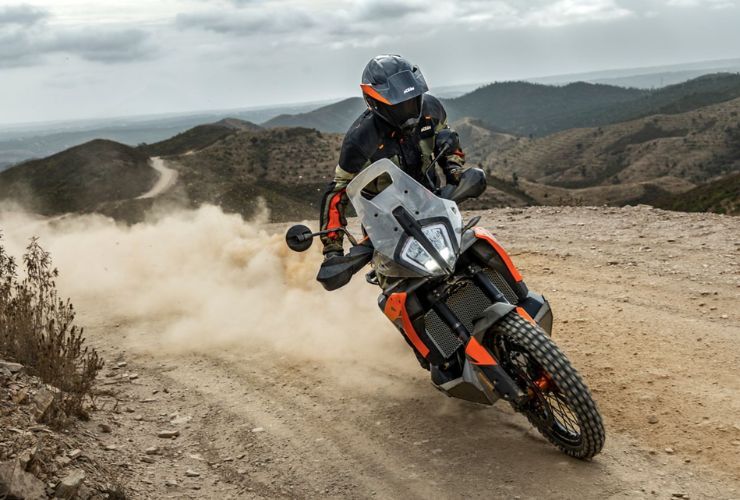Bajaj Rescues KTM, Again: What It Means For Indian KTM Owners And Buyers


Bajaj Auto’s €566 million loan to KTM’s parent company, Pierer Mobility, marks its second major intervention since the Austrian brand’s 2024 insolvency filing. This financial maneuver, executed days before KTM’s May 23 funding deadline, secures the Indian automaker’s 49.9% stake in Pierer Bajaj AG-the entity controlling KTM, Husqvarna, and GasGas brands.

The deal safeguards KTM’s European operations while reinforcing India’s role as its manufacturing and R&D nucleus. For buyers, this translates into sustained access to KTM’s performance bikes, with future models increasingly shaped by Indian market dynamics.
The Chakan plant near Pune, producing 100,000 KTMs annually, remains central to the brand’s global strategy. India contributes 38% of KTM’s worldwide sales, with localised manufacturing keeping prices 15-20% lower than imported rivals. Bajaj’s latest financial injection ensures three critical outcomes:
1. Continuity of existing Duke, RC, and Adventure model production
2. Development of a new 500cc twin-cylinder platform for domestic and export markets
3. Integration of Triumph’s single-cylinder engine technology into KTM’s entry-level bikes
This tripartite approach positions Bajaj as the gatekeeper of affordable performance biking across Asia and Europe.

India’s motorcycle market, once dominated by 100-150cc commuters, now spearheads the global shift toward 250-800cc models. Sales in this segment grew 146% year-on-year in early 2025, driven by urban professionals seeking premium yet practical machines. KTM’s Indian-made 390 Adventure R exemplifies this trend, blending off-road capability with a ₹3.45 lakh price tag-40% cheaper than its European-assembled cousins.
Bajaj’s manufacturing efficiency enables such pricing. The company produces KTM engines at ₹18,500 per unit, compared to ₹34,000 in Austria. This cost advantage now extends to developing twin-cylinder engines, a technology segment where Indian brands have historically lagged.

With BMW preparing a 450cc parallel-twin adventure bike and Royal Enfield dominating the 650cc retro segment, Bajaj-KTM’s response is taking shape at Chakan. Engineers are adapting KTM’s 799cc LC8c engine into a 500cc variant, targeting a ₹4.2-4.8 lakh price bracket. This platform will spawn three derivatives by 2027:
• A street-focused naked bike rivalling Triumph’s Speed 400
• An adventure tourer to challenge the Honda CB500X
• A sport-oriented model with track-day capabilities
The project leverages Bajaj’s supply chain, which sources 74% of components domestically, to keep costs competitive.
Owning strategic stakes in both KTM and Triumph, Bajaj now influences 58% of India’s premium motorcycle market. This dual alliance allows cross-pollination: Triumph’s upcoming 250cc single-cylinder engine shares design elements with KTM’s 250 Duke motor, while KTM’s forthcoming twins may use Triumph’s ride-by-wire technology.
For buyers, this synergy manifests as faster technology adoption. Features like cornering ABS and smartphone connectivity, once exclusive to ₹10 lakh+ imports, now appear in sub-₹5 lakh models. Service networks are expanding too, with 47 new KTM-Triumph combined dealerships opening in tier-2 cities this fiscal year.
India’s role as an export hub ensures domestic buyers access global-spec models. The 2026 KTM 390 Duke, for instance, will feature radar-assisted cruise control developed jointly with Pierer Mobility-a technology previously reserved for 1000cc superbikes. Similarly, Bajaj’s electric vehicle investments hint at hybrid KTM models using regenerative braking systems by 2028.
As European markets impose stricter emissions norms, India’s cost-effective engineering solutions become vital. The Chakan plant’s ability to Euro 7-certify engines at 30% lower R&D costs than European facilities ensures KTM remains price-competitive worldwide.
Bajaj’s latest rescue act transcends financial engineering. By embedding KTM’s R&D within India’s value-for-money ecosystem, it can redefine what riders expect from premium motorcycles.
The next five years could see Indian-developed KTMs outperforming Japanese rivals in power-to-weight ratios while undercutting them by 18-25% on price. For enthusiasts, this signals an unprecedented convergence of accessibility and innovation-a revolution steered from Pune rather than Munich or Tokyo.